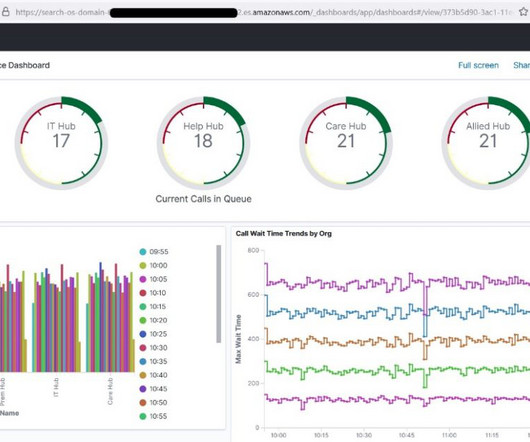How Will The Cloud Impact Data Warehousing Technologies?
Smart Data Collective
APRIL 8, 2020
The data collected in the system may in the form of unstructured, semi-structured, or structured data. This data is then processed, transformed, and consumed to make it easier for users to access it through SQL clients, spreadsheets and Business Intelligence tools. Big data and data warehousing.
















Let's personalize your content